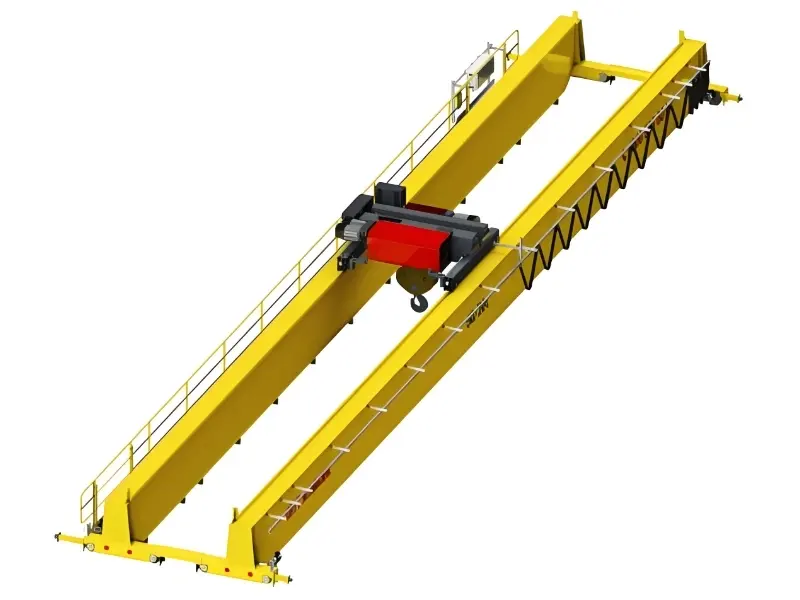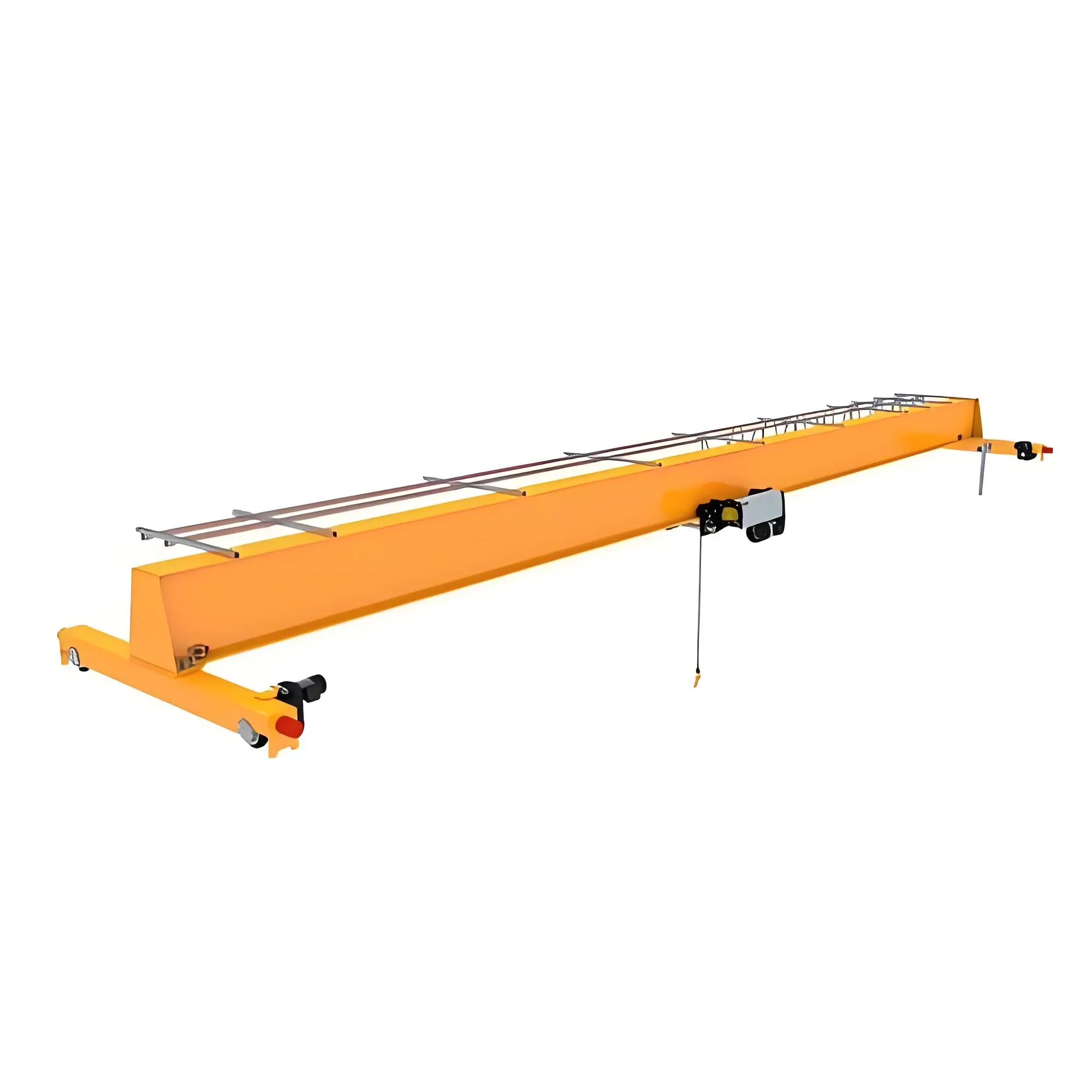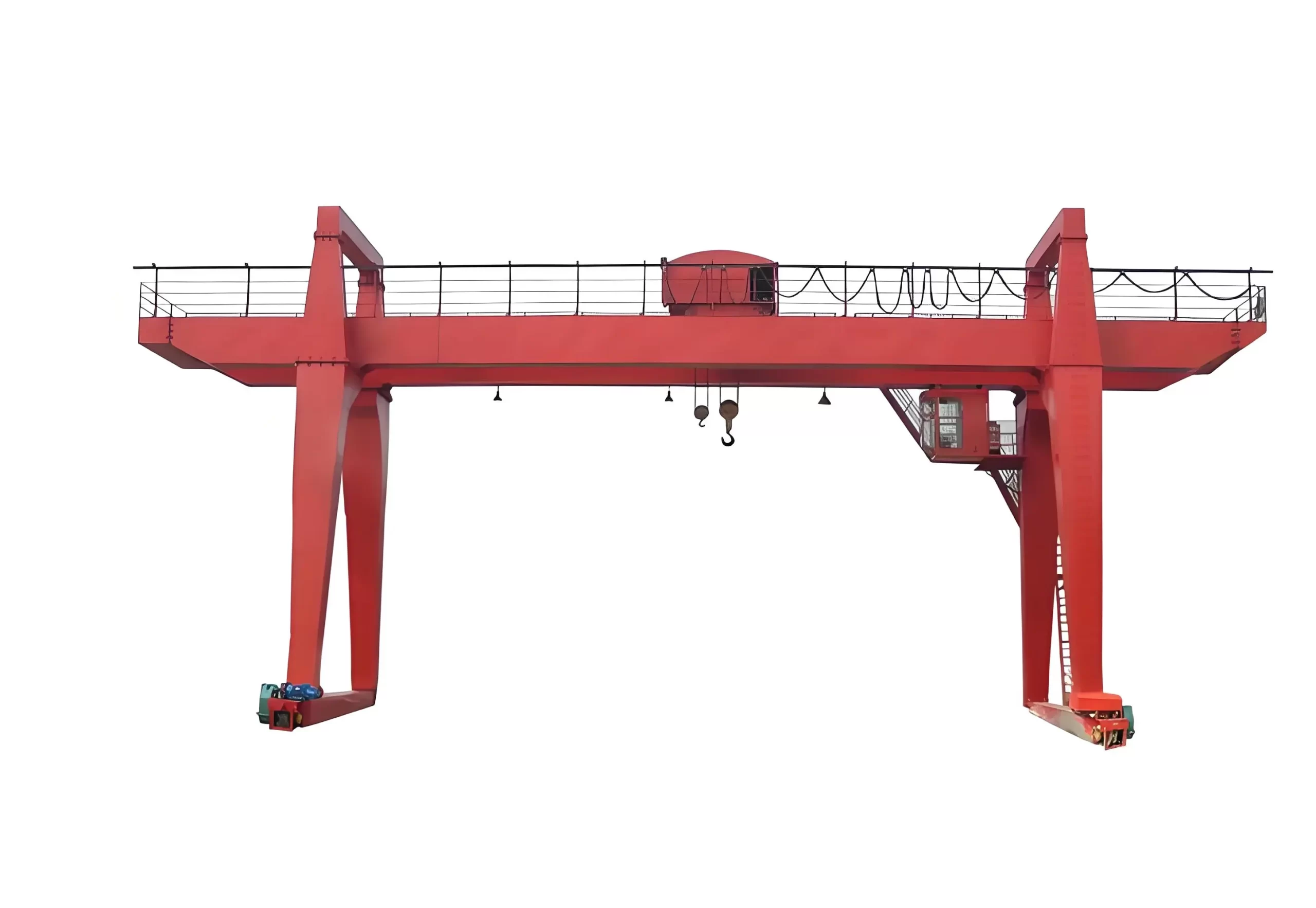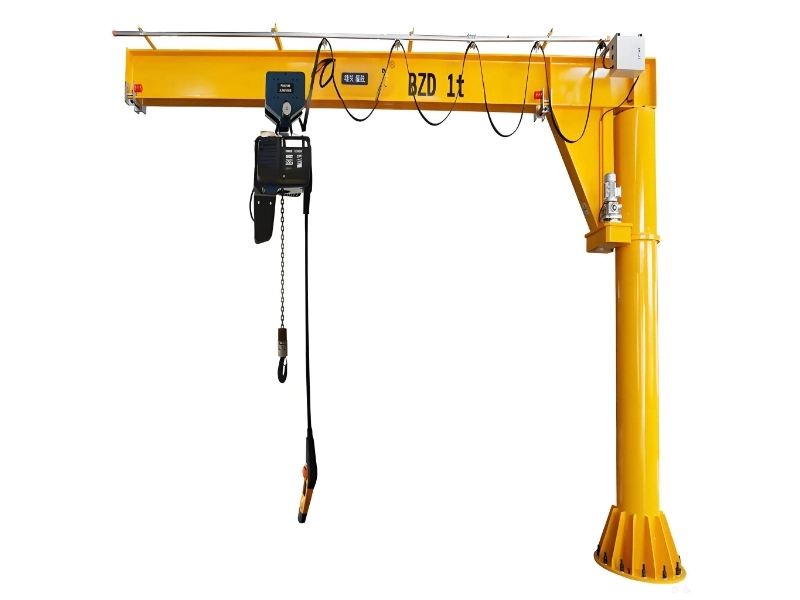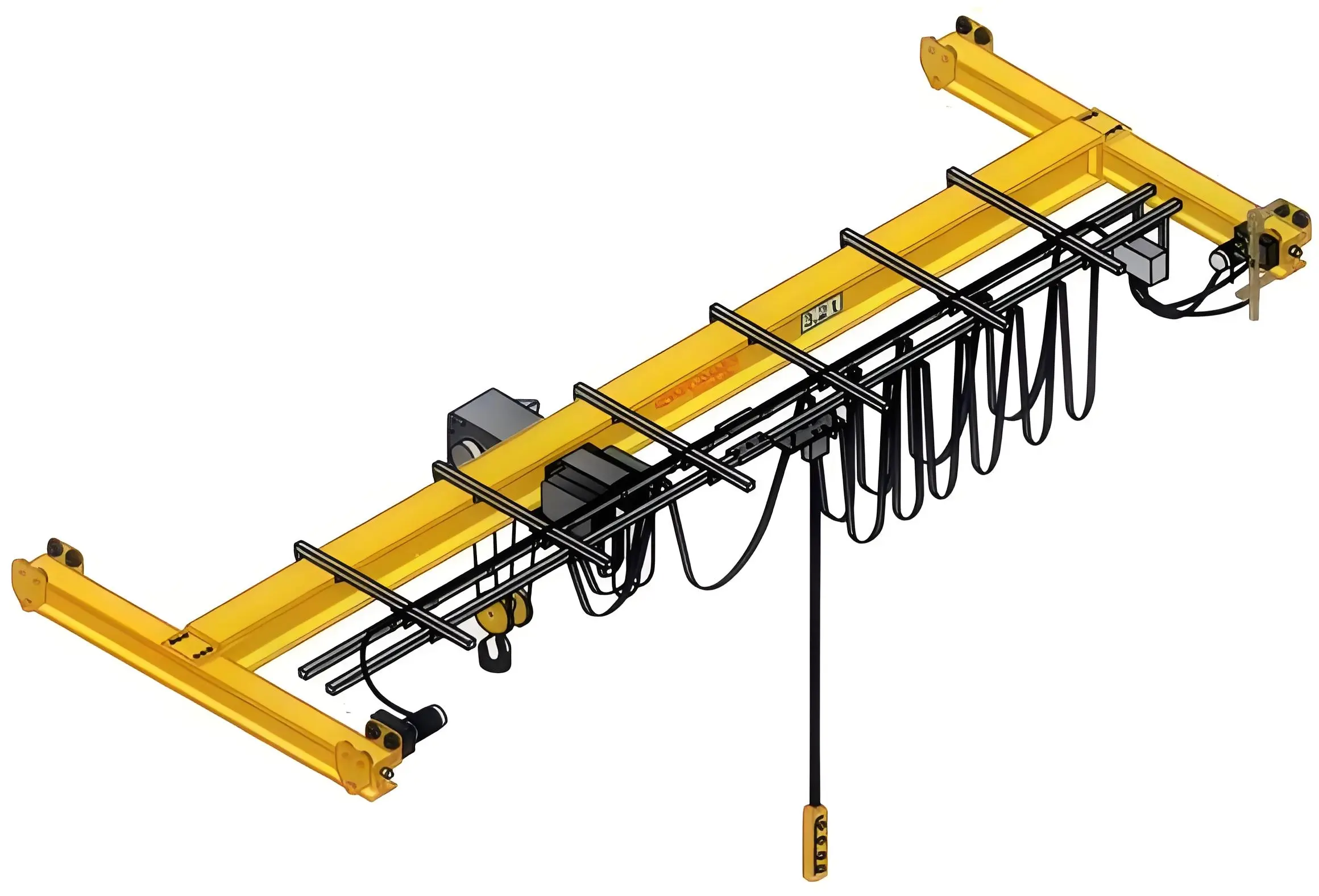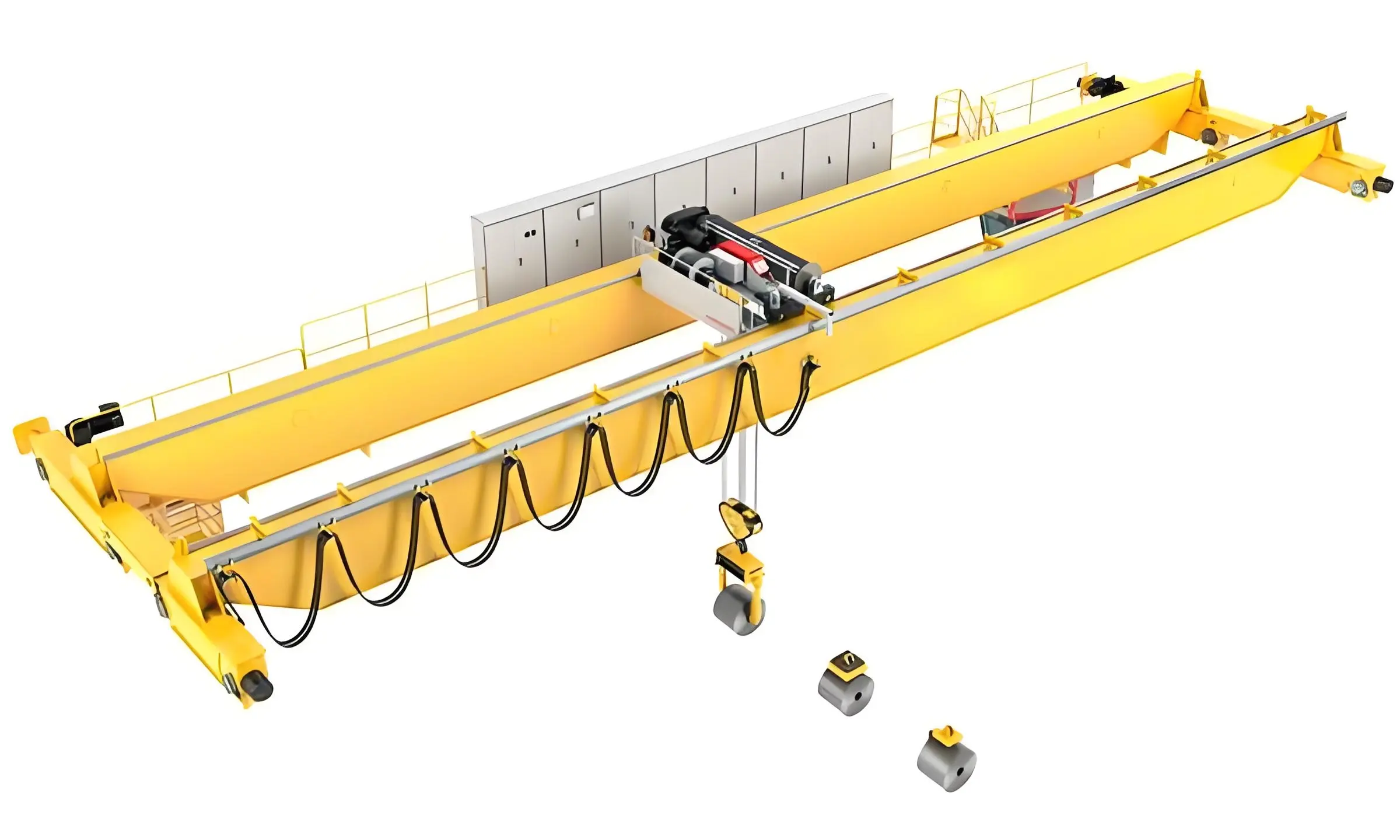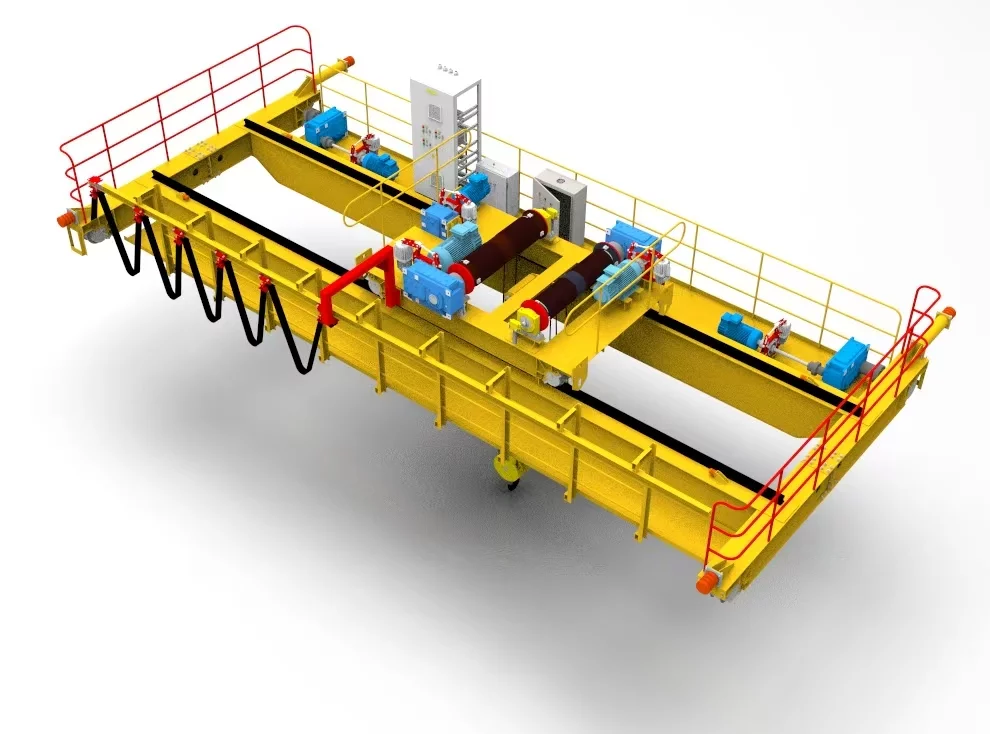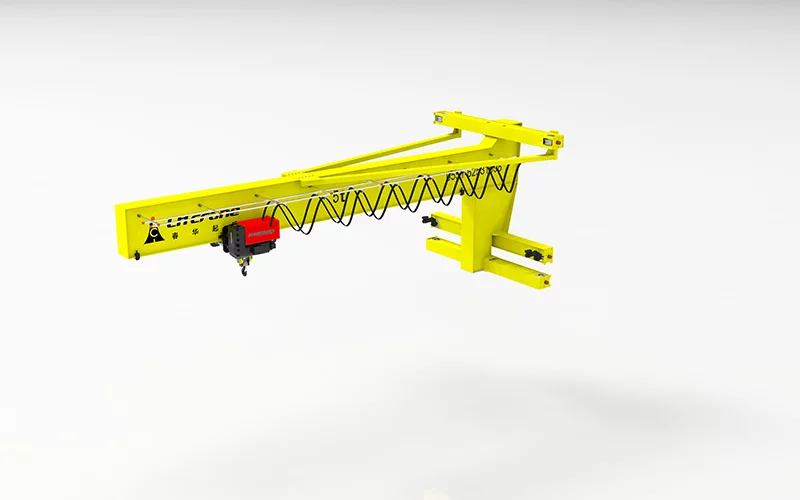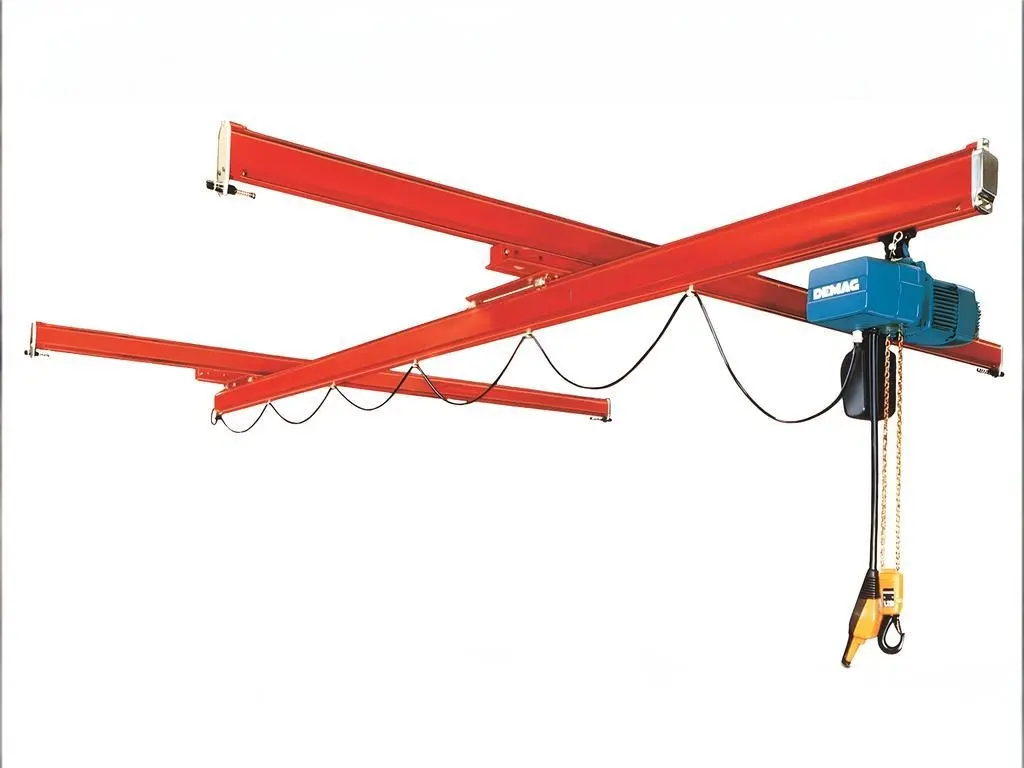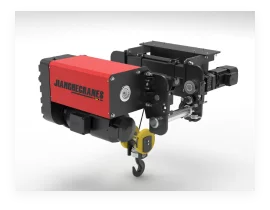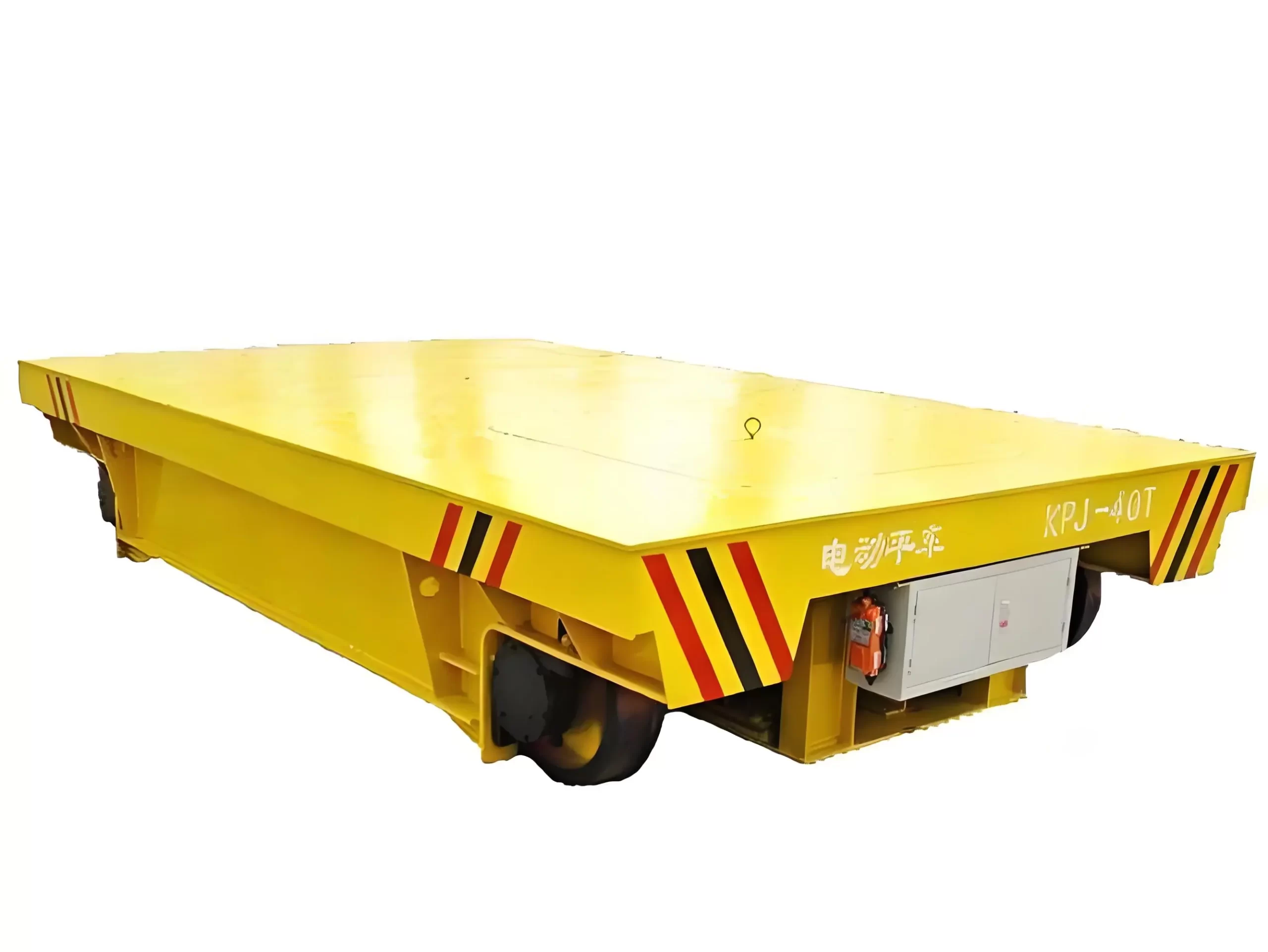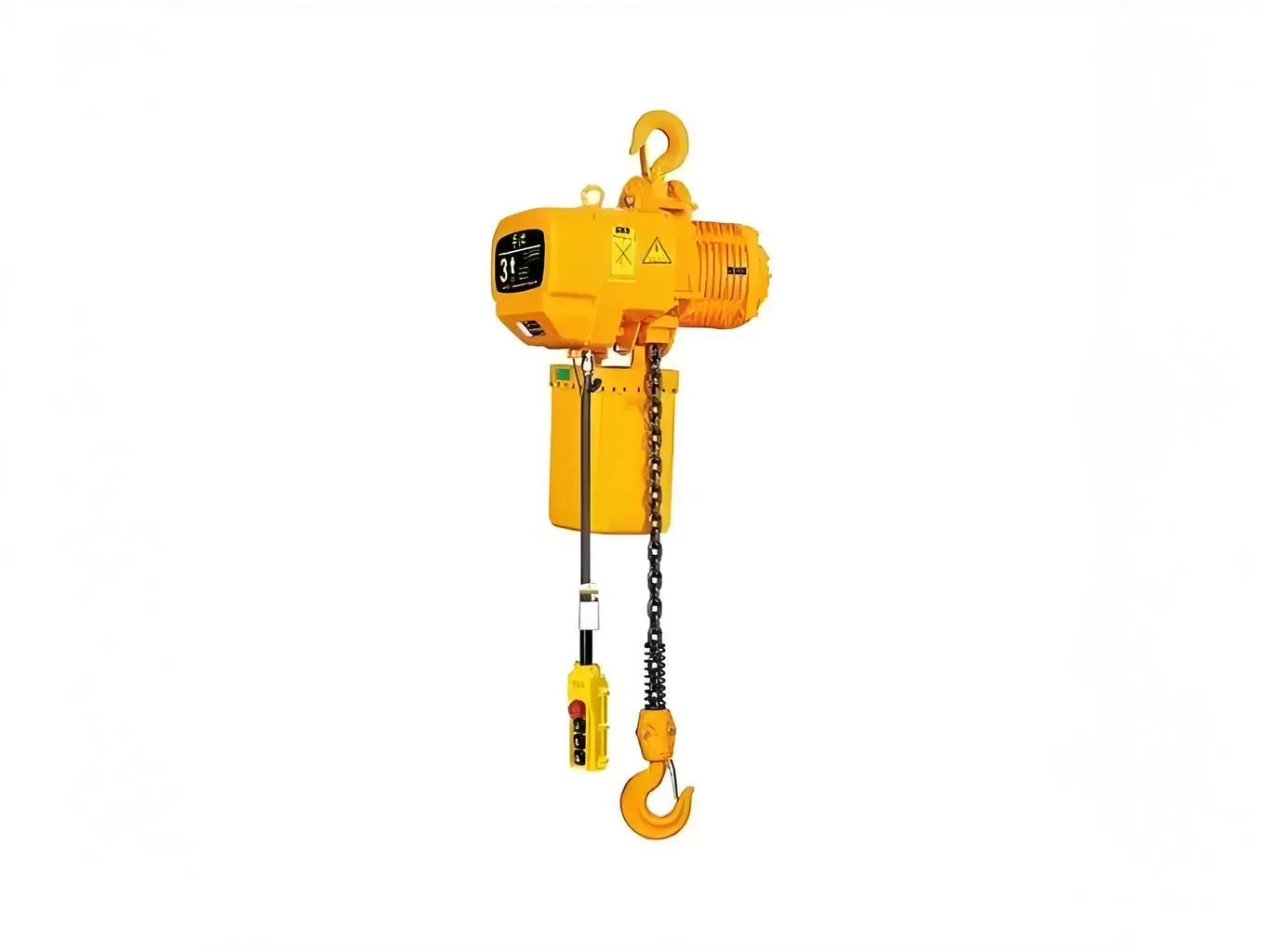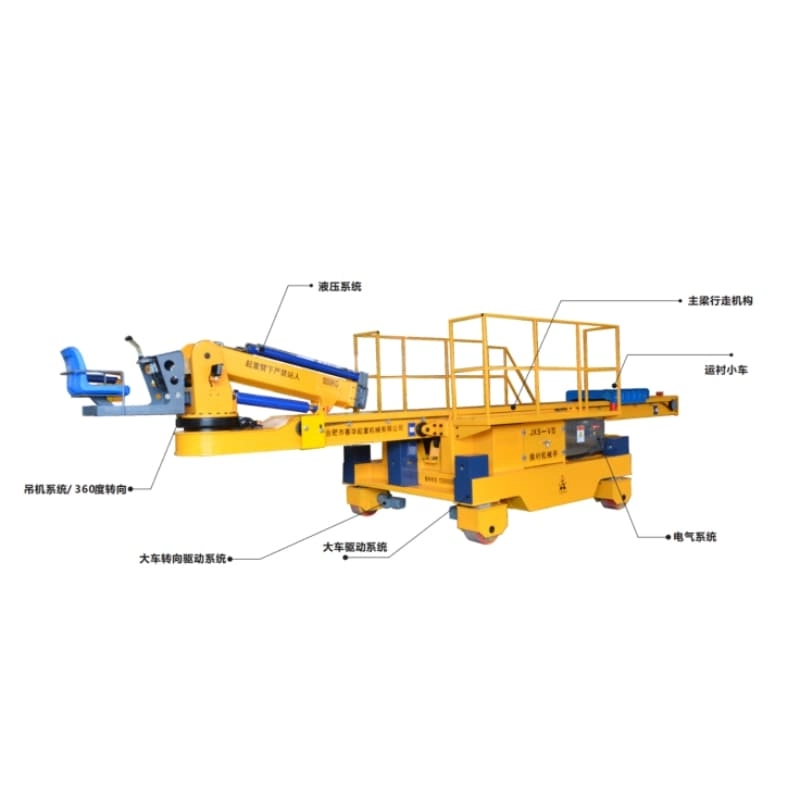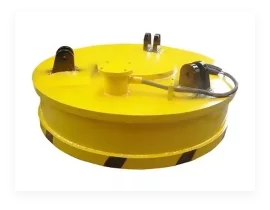Jib cranes and gantry cranes are two common lifting equipment. They have many differences in structure, working principle, application scenarios, etc.
Jib crane vs gantry crane
Structural composition
Jib crane: It is composed of columns, cantilever beams, hoisting trolleys and slewing mechanisms. The columns are fixed, the cantilever beams can rotate, and the hoisting trolleys run along the cantilever beams.
Adjustable Gantry Crane: It is composed of a bridge, a trolley running mechanism, a trolley running mechanism and a hoisting trolley. The bridge is in the shape of a door, with the main beams spanning on both sides. The trolleys and trolleys make it run along the track, and the hoisting trolleys are lifted and moved horizontally.
Working Principle
Jib crane: The electric hoist is installed on the cantilever beam, and the goods are lifted, lowered and moved horizontally through the wire rope. When equipped with a slewing mechanism, the cantilever beam can also rotate to adjust the direction of the goods.
Gantry crane: The trolley drives the bridge frame to move along the track, the trolley moves on the main beam, and the lifting trolley lifts and lowers the goods through the hoisting mechanism to realize transportation in three-dimensional space.
Application scenarios
Jib crane:
Inside the workshop: used for material handling in local areas, such as lifting machine tool parts and molds.
Warehouse corner: convenient for loading and unloading and stacking goods, improving warehouse storage efficiency.
Outdoor small operations: suitable for small construction sites and equipment handling.
Gantry crane:
Large factory: used for large equipment assembly and parts handling.
Port terminal: used for cargo loading and unloading, such as container and bulk cargo handling.
Large warehouse: used for cargo stacking and efficient handling.
Lifting capacity and span
Free Standing jib cranes generally have a lifting capacity of several tons to several dozen tons, and a span of several tons to several dozen tons. They are suitable for light and small-span materials and are suitable for transporting light and small materials.
Gantry cranes have a lifting capacity ranging from several tons to thousands of tons, and a span of more than ten meters to hundreds of meters. They are suitable for the transportation of heavy and large goods and are widely used in industrial production and logistics transportation.
Installation and maintenance
The Jib crane is easy to install, mainly installing the column, cantilever beam and lifting equipment, with low maintenance cost, mainly checking and lubricating electric hoists, wire ropes and other components.
The gantry crane is complex to install, requiring track laying and running mechanism debugging, with large maintenance workload and high cost, requiring a comprehensive inspection of the bridge, running mechanism and electrical system.
Price
Jib cranes are relatively cheap, usually between tens of thousands and hundreds of thousands of yuan.
Gantry crane prices vary greatly due to factors such as lifting capacity, span, structural form and configuration. Small cranes range from tens of thousands to hundreds of thousands of yuan, while large or heavy gantry cranes can reach millions or tens of millions of yuan.
Safety
Jib cranes are easy to operate, but improper operation may lead to safety hazards, such as deformation of the cantilever beam or the detachment of the lifting device, and the coverage is small, and the risk of collision is low.
Gantry cranes are large in size and heavy in lifting capacity, with high safety risks, and accidents such as loss of control and wire rope breakage may occur, so they are equipped with a variety of safety devices, such as limit switches and overload limiters.
Jib cranes and gantry cranes each have their own characteristics and advantages. You can choose the appropriate lifting equipment based on comprehensive considerations such as actual production needs, working environment, lifting capacity and span requirements.

